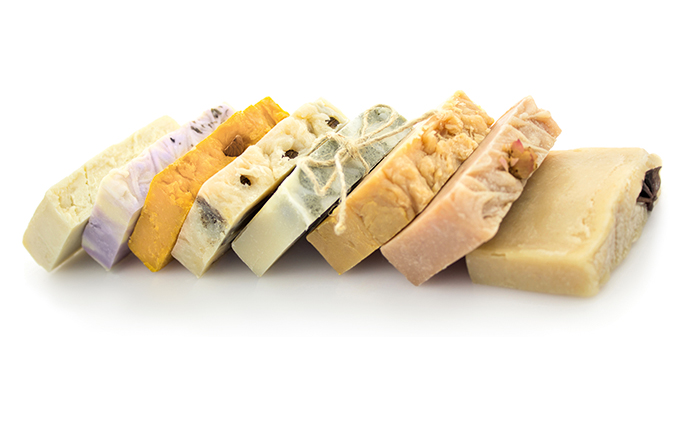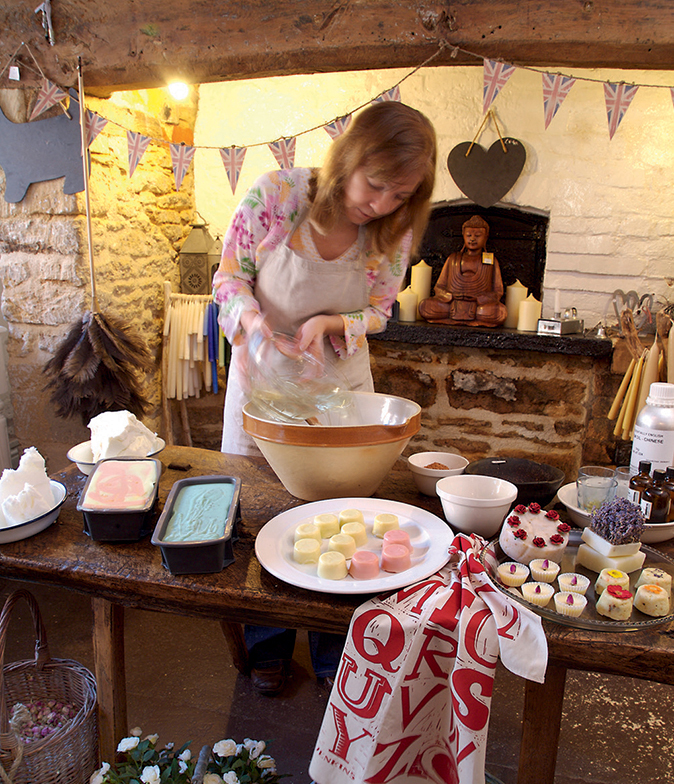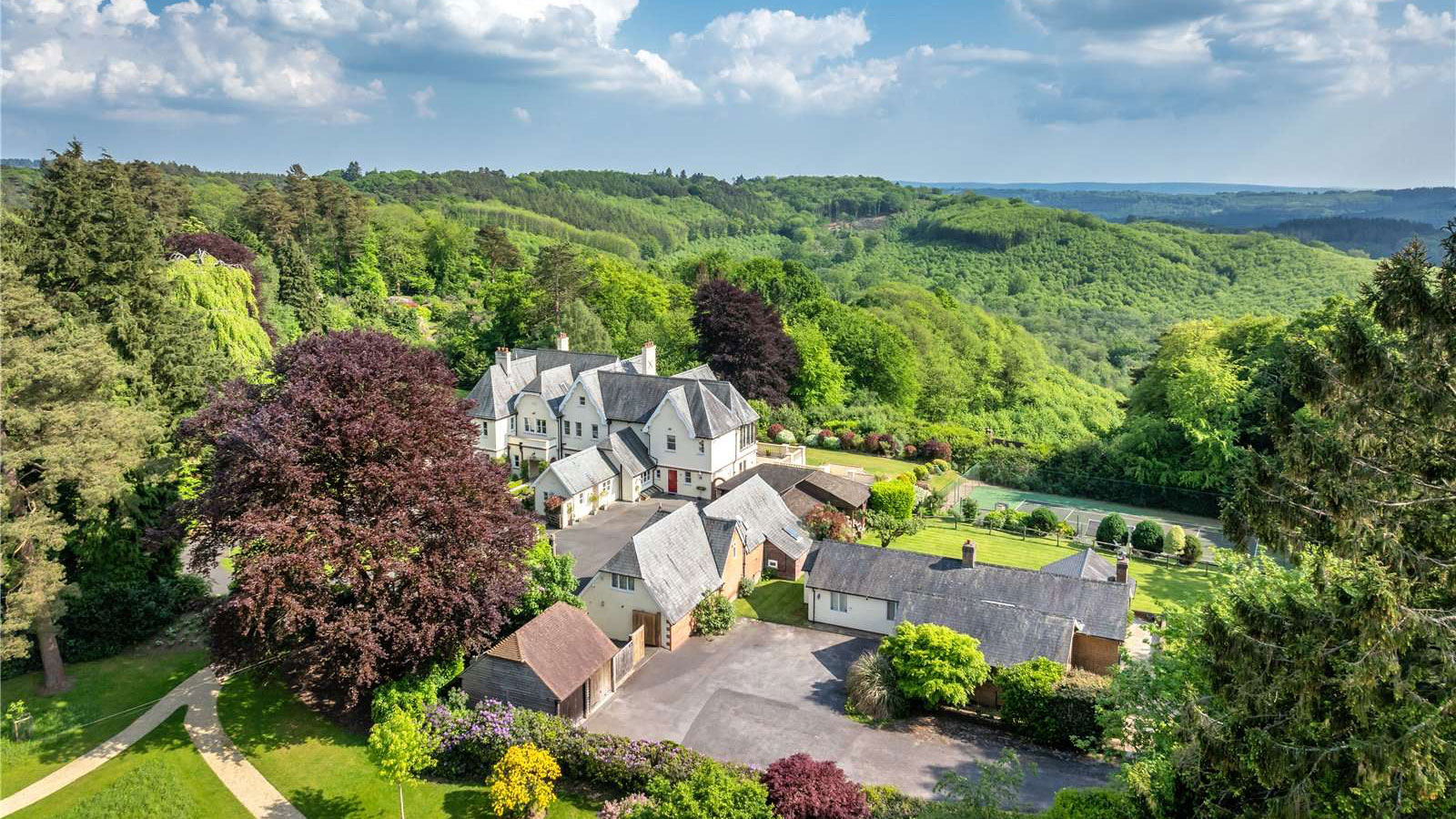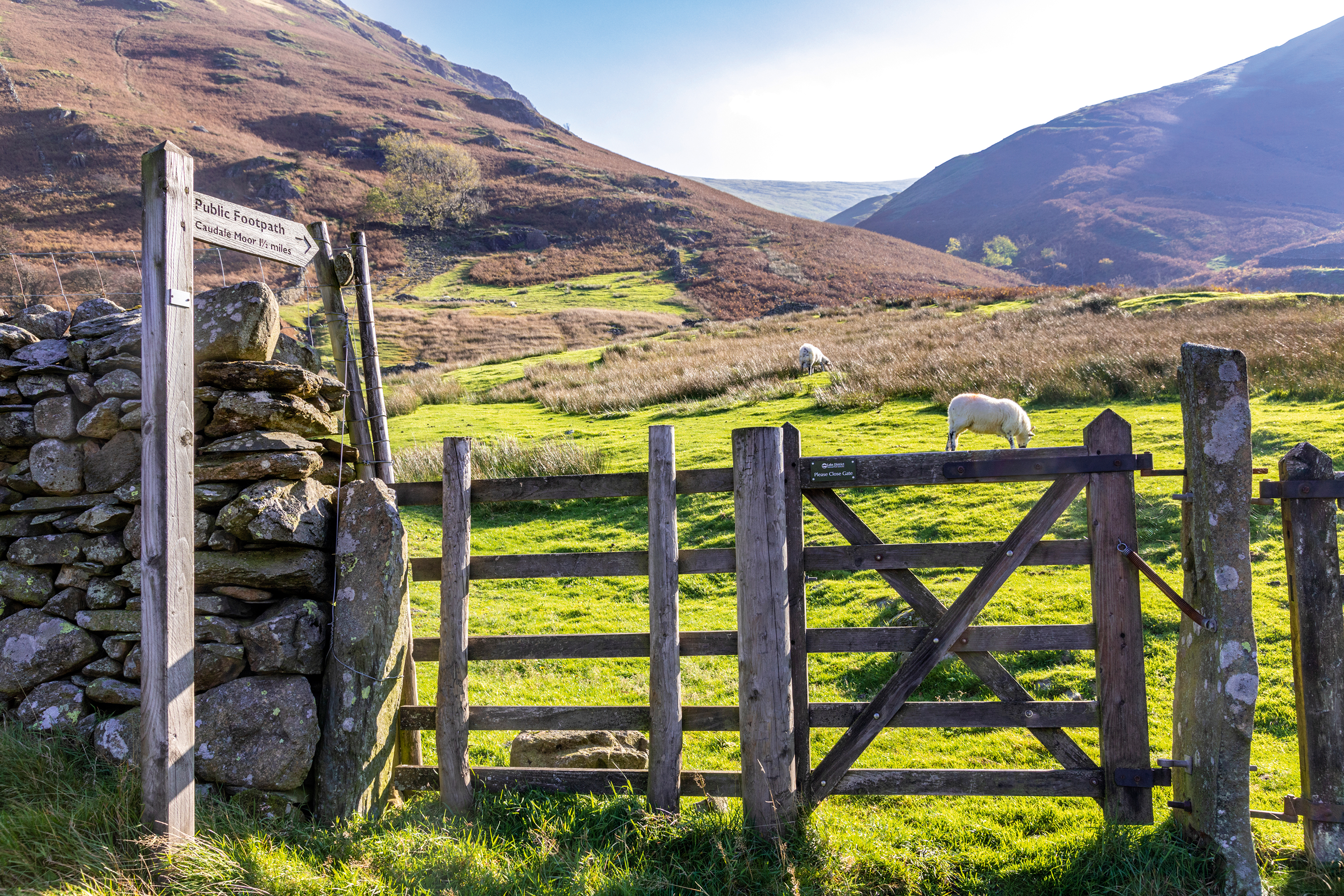How to make your own soap
Raising the bar.


For a decade now, soap dishes up and down the land have stood empty and body washes and liquid cleansers have dominated our bathrooms. Childhood memories of desiccated pieces of coal-tar soap, together with a growing preference for showering, looked as if they had pulled the plug on soap sales, but soap is slipping back into fashion and it bears no resemblance to its forebears.
Handmade and beautifully packaged, these new soaps are made using a ‘cold process’ in which the glycerine base is retained. They’re bursting with lovely natural ingredients and essential oils, are free from artificial colours and some are even made with goat’s milk, which has an extra-soothing and calming effect on the skin.
‘Cold-process’ soaps are made using natural fats that, when combined with sodium hydroxide, bring about a chemical reaction called saponification—it sounds complicated, but soap making can be carried out in the kitchen with quite basic equipment. The actual process takes less than 15 minutes and the soaps are ready to use after a month.
If you fancy giving it a try, try our simple step-by-step guide.

How to make your own soap
Ingredients 64g sodium hydroxide (also known as lye) 120g water (bottled, if in a hard-water area) 140g coconut oil (solid) 122g palm oil 198g olive oil 10ml nutrient oil (sunflower, apricot, almond, avocado and so on) 13ml fragrant essential oil
Method Wearing goggles and black rubber gloves, weigh out the lye into a clean glass container. Pour the sodium hydroxide into the water and stir until dissolved. Measure out solid oil and melt on low heat. Add any remaining liquid oil and set aside.
Sign up for the Country Life Newsletter
Exquisite houses, the beauty of Nature, and how to get the most from your life, straight to your inbox.
Check temperatures of both pans using a thermometer— you’re aiming for the lye and oil to be within a few degrees of each other. Pour lye into the oil pan. Stir carefully until the mixture resembles the consistency of thick custard.
Add nutrient oils and any additives such as herbs. Finally, add the fragrant essential oil to the mixture.
Pour soap into a mould and leave for 24 hours. Remove from the mould and leave to cure in a cool, dry environment for four weeks.
Recipe from the Little Soap Company.
Already got the soap-making bug? Why not refine your skills on one of these soap-making courses:
Quintessentially English, Lacock, Wiltshire Soap making workshop, £270 (www.quintessentiallyenglish.co.uk; 01249 730100)
Clovelly Soap Company, Clovelly, North Devon Introduction to soap making and soap making for business. A one-on-one session is £100 for half a day and £200 for a full day (www.rowantreestudio.co.uk; 01237 431942)
Soapology, Mapperley, Nottinghamshire Introduction to cold-process soap making, one-on-one session, £240 (www.soapologystudio.co.uk; 07739 988483)
Makesoap.biz Cold-process soap making and business course, January 9, 2016, London, £105 per person (www.makesoap.biz; 07944 899759)
Little Soap School Introduction to cold-process soap making course, one-on-one, £275 (www.littlesoapcompany.co.uk; 01386 853025)
Further reading:
The Natural & Handmade Soap Book: 20 delightful and delicate soap recipes for bath, kids and home by Sarah Harper (David & Charles, 2014)
Country Life is unlike any other magazine: the only glossy weekly on the newsstand and the only magazine that has been guest-edited by HRH The King not once, but twice. It is a celebration of modern rural life and all its diverse joys and pleasures — that was first published in Queen Victoria's Diamond Jubilee year. Our eclectic mixture of witty and informative content — from the most up-to-date property news and commentary and a coveted glimpse inside some of the UK's best houses and gardens, to gardening, the arts and interior design, written by experts in their field — still cannot be found in print or online, anywhere else.
-
 Six rural properties with space, charm and endless views, as seen in Country Life
Six rural properties with space, charm and endless views, as seen in Country LifeWe take a look at some of the best houses to come to the market via Country Life in the past week.
By Toby Keel
-
 Exploring the countryside is essential for our wellbeing, but Right to Roam is going backwards
Exploring the countryside is essential for our wellbeing, but Right to Roam is going backwardsCampaigners in England often point to Scotland as an example of how brilliantly Right to Roam works, but it's not all it's cracked up to be, says Patrick Galbraith.
By Patrick Galbraith